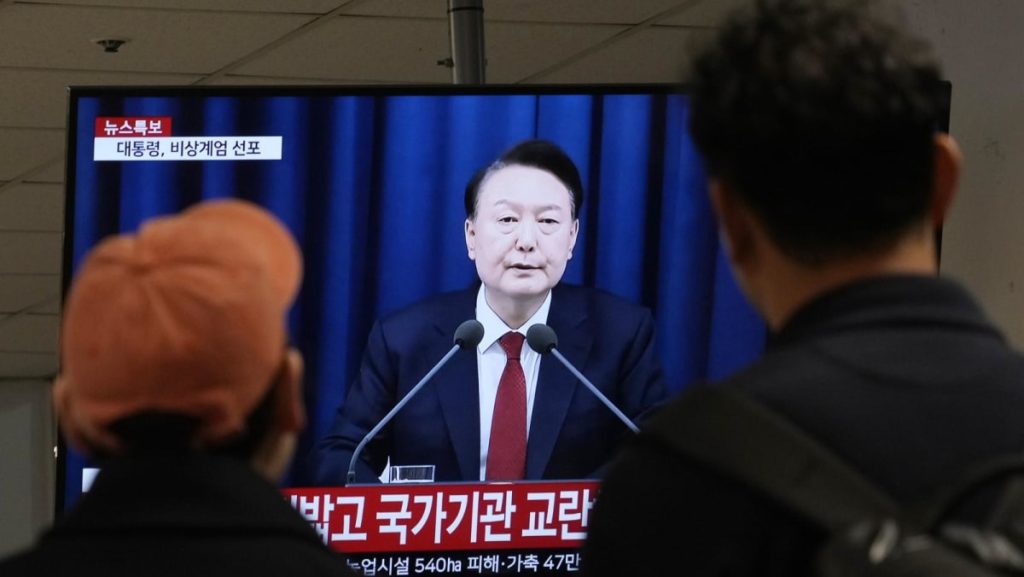On December 3, South Korean President Yoon Suk Yeol made a startling announcement regarding the declaration of martial law during a late-night televised address. This was a significant political move as it represented the first such declaration in over forty years. However, just hours after this declaration, it was effectively abandoned when the South Korean legislature voted against it. This unexpected turn of events unleashed a wave of public dissent, with thousands of citizens taking to the streets to oppose the martial law initiative. The rapid backlash underscored the delicate balance of power in South Korea’s democratic framework and demonstrated the potential for widespread public mobilization against governmental overreach.
President Yoon’s reasoning behind the martial law declaration drew attention to the ongoing tensions with North Korea. He framed the move as a necessary step to “safeguard a liberal South Korea from the threats posed by North Korea’s communist forces.” However, his address offered very little concrete information regarding the specific threats that North Korea allegedly posed at the time. The vague nature of the threat description raised eyebrows both among political commentators and within the international community, leading to concerns that the martial law was more about consolidating power rather than addressing genuine security risks.
The swift rejection of the martial law by lawmakers showcased the resilience of South Korea’s democratic institutions, as politicians from various factions united against the move. This bipartisanship against the declaration sent a clear message that the political landscape in South Korea would not easily tolerate authoritarian measures, especially in the face of significant public opposition. The pushback reflected a deep-seated commitment to democratic governance and civil liberties among South Korean citizens and their representatives, which is of particular importance given the country’s historical struggles with authoritarian rule.
Public reaction to the martial law declaration was characterized by large-scale protests in major urban centers, with demonstrators voicing their discontent and calling for accountability from the Yoon administration. The protests not only highlighted the immediate opposition to the martial law but also reflected broader concerns regarding the government’s approach to governance and its handling of relations with North Korea. Citizens took to social media and other platforms to express their views, illustrating the role of digital connectivity in modern activism and civic engagement.
Internationally, the shock of Yoon’s declaration resonated beyond South Korea’s borders, with allies and observers closely monitoring the situation. The abruptness and intensity of the situation raised alarms among South Korea’s closest partners, particularly in the context of regional stability and security. Diplomatic channels were activated to better understand the rationale behind the proposed martial law and to convey the importance of adhering to democratic principles. The global community’s response underscored the significance of South Korea’s political dynamics in the broader context of East Asian geopolitics.
In conclusion, the incident surrounding President Yoon Suk Yeol’s attempted imposition of martial law serves as a vivid reminder of the tensions between authority and democratic governance in South Korea. It reflects the complexities of national security issues in a region fraught with historical and ongoing conflicts. Importantly, it highlights the critical role of public engagement and institutional resilience in shaping the future of South Korean democracy. As the nation moves forward from this episode, it remains evident that citizens’ voices and legislative checks will play pivotal roles in navigating security challenges while preserving democratic ideals.

